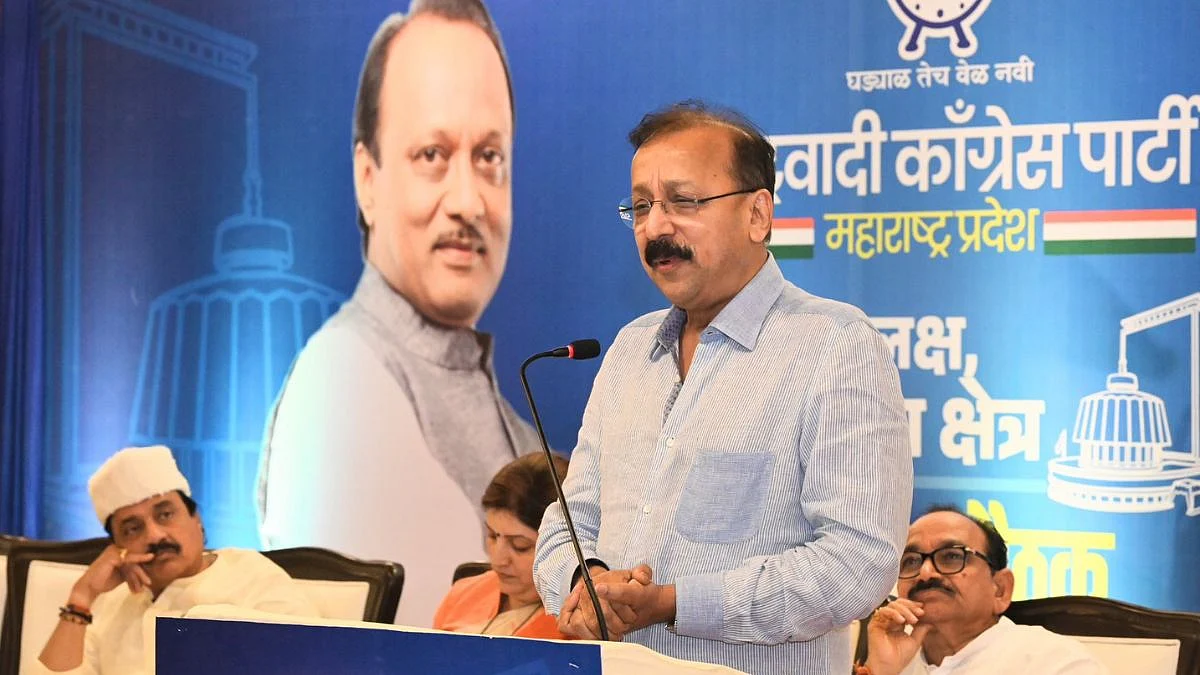New Delhi: A third possible wave in India by the prevailing COVID-19 virus variant is unlikely to disproportionately affect children than adults, a seroprevalence study conducted by the World Health Organisation and the All India Institute of Medical Sciences has revealed.
The SARS-CoV-2 sero-positivity rate among children was high and were comparable to the adult population in the survey, which conducted in five selected states with a total sample size of 10,000. Data of 4,500 participants were taken for the results of the time of midterm analysis from four states of India and more results are likely to come in the next two to three months.
It was found that in resettlement colonies in South Delhi's urban areas which have a very congested population had a very high (highest reported yet in any sero-assessment) seroprevalence of 74.7 per cent, Dr Puneet Misra, Professor of Community Medicine at AIIMS, New Delhi, who led the survey said.
Even before the second wave, children below the age of 18 in South Delhi had as much seroprevalence (73.9 per cent) as the below 18 years (74.8 per cent).
"These areas in Delhi and NCR (Faridabad) may have higher seroprevalence after the intense second wave. Probably, these levels of seroprevalence may be protective against any 'Third wave'," Dr Misra said.
"In congested Urban areas of Delhi, since children already have high seroprevalence, opening schools, may after all not be a very risky proposition. During the second wave, the NCR region of Faridabad (rural area) has a seroprevalence of 59.3 per cent (almost equal in both age groups), could be considered high compared to previous national surveys," the survey said.
Gorakhpur Rural has a very high seroprevalence of 87.9 per cent (2-18 years) with 80.6 per cent and above 18 years with 90.3 per cent. These levels are likely to ward off the "third wave". The survey says Gorakhur is mostly affected in rural areas that means more chances of herd immunity The accelerated peaks and precipitous decline in Covid-19 cases in Both Delhi and Uttar Pradesh could be explained partially by these findings.
Overall, more than half (62.3 per cent) of the rural population surveyed showed evidence of past infection.
The Agartala Rural site had the least seroprevalence (51.9 per cent) probably because it also included some tribal population which generally have lower mobility resulting in lower vulnerability to COVID19 infection.










